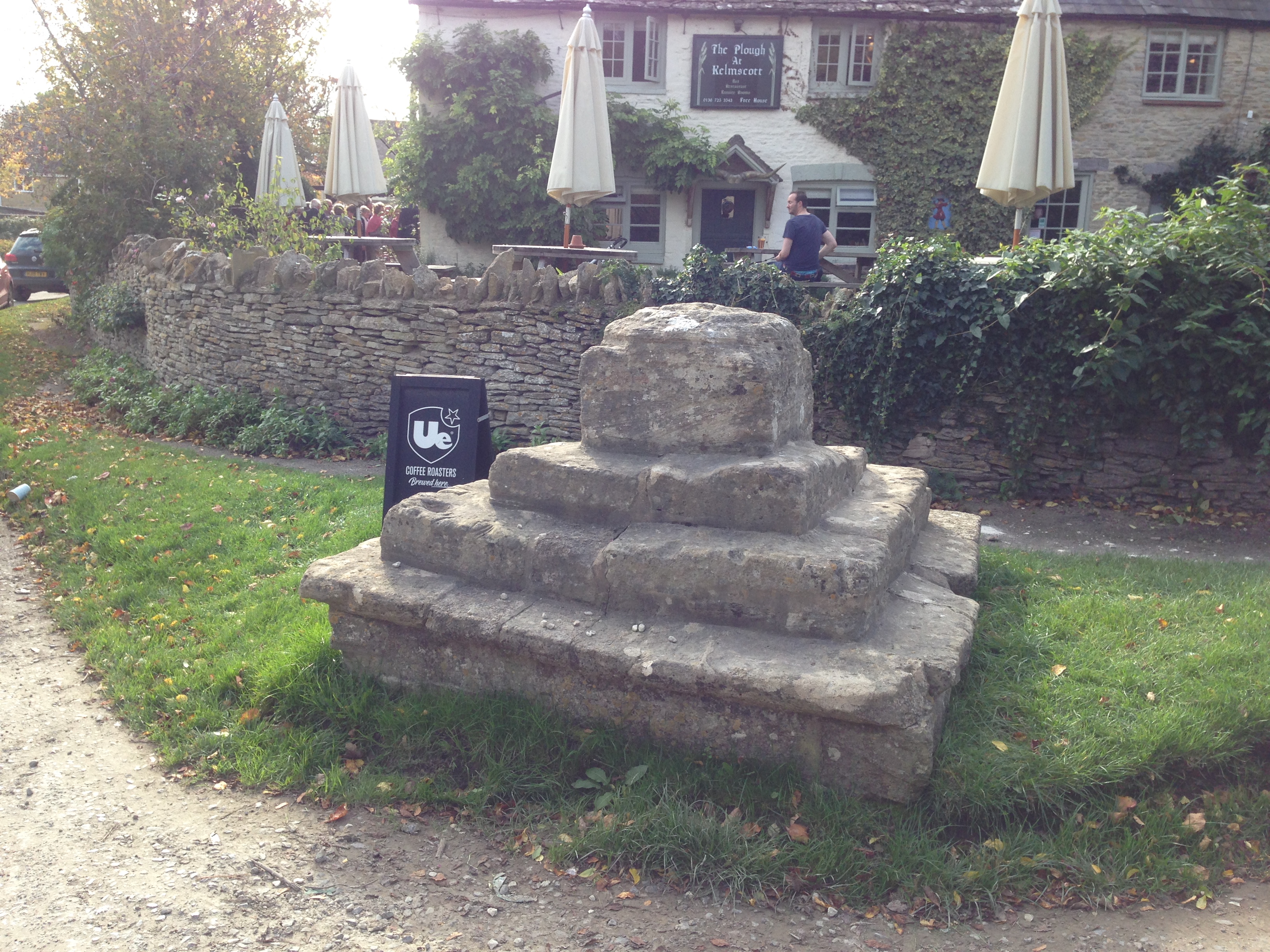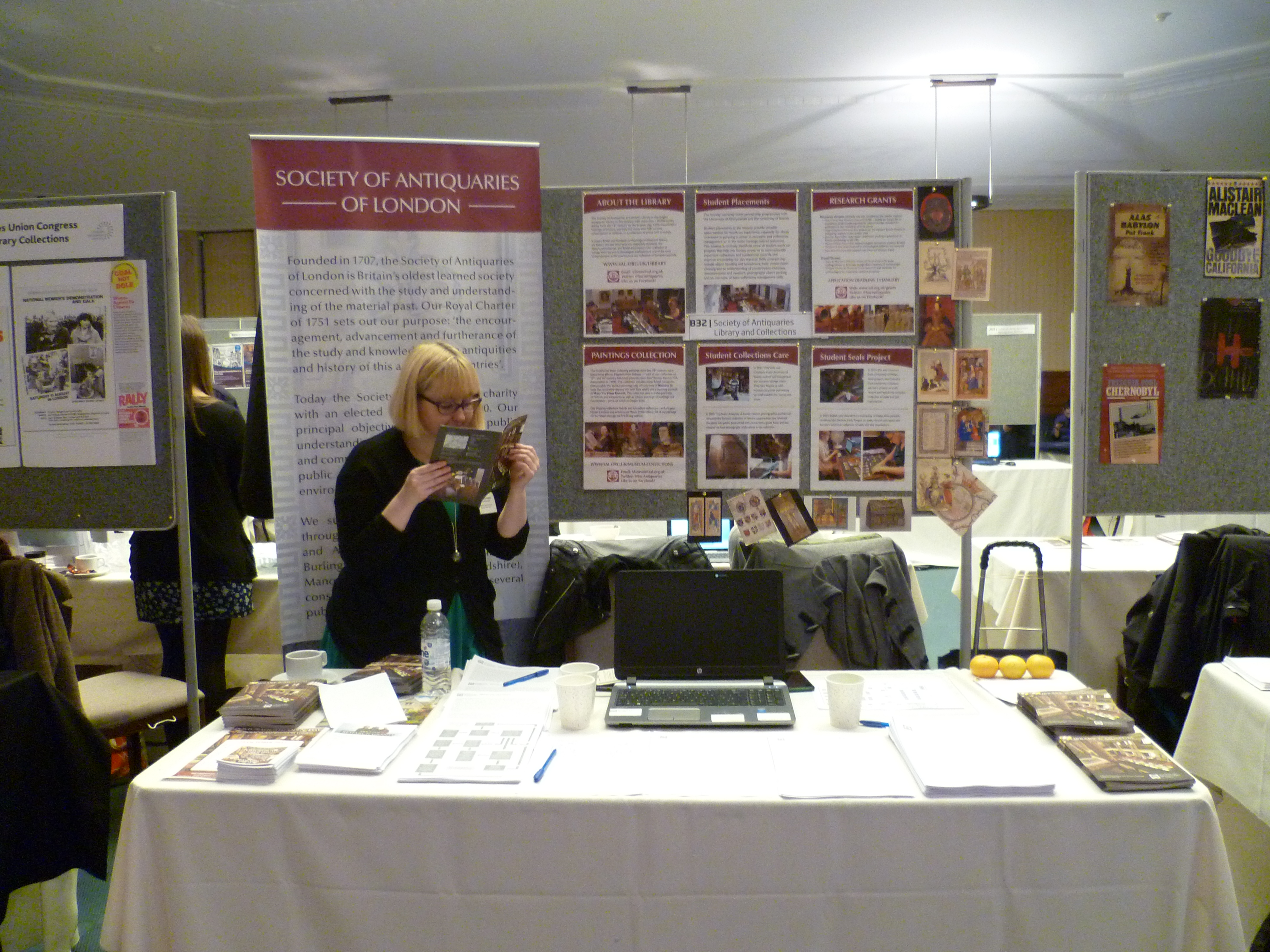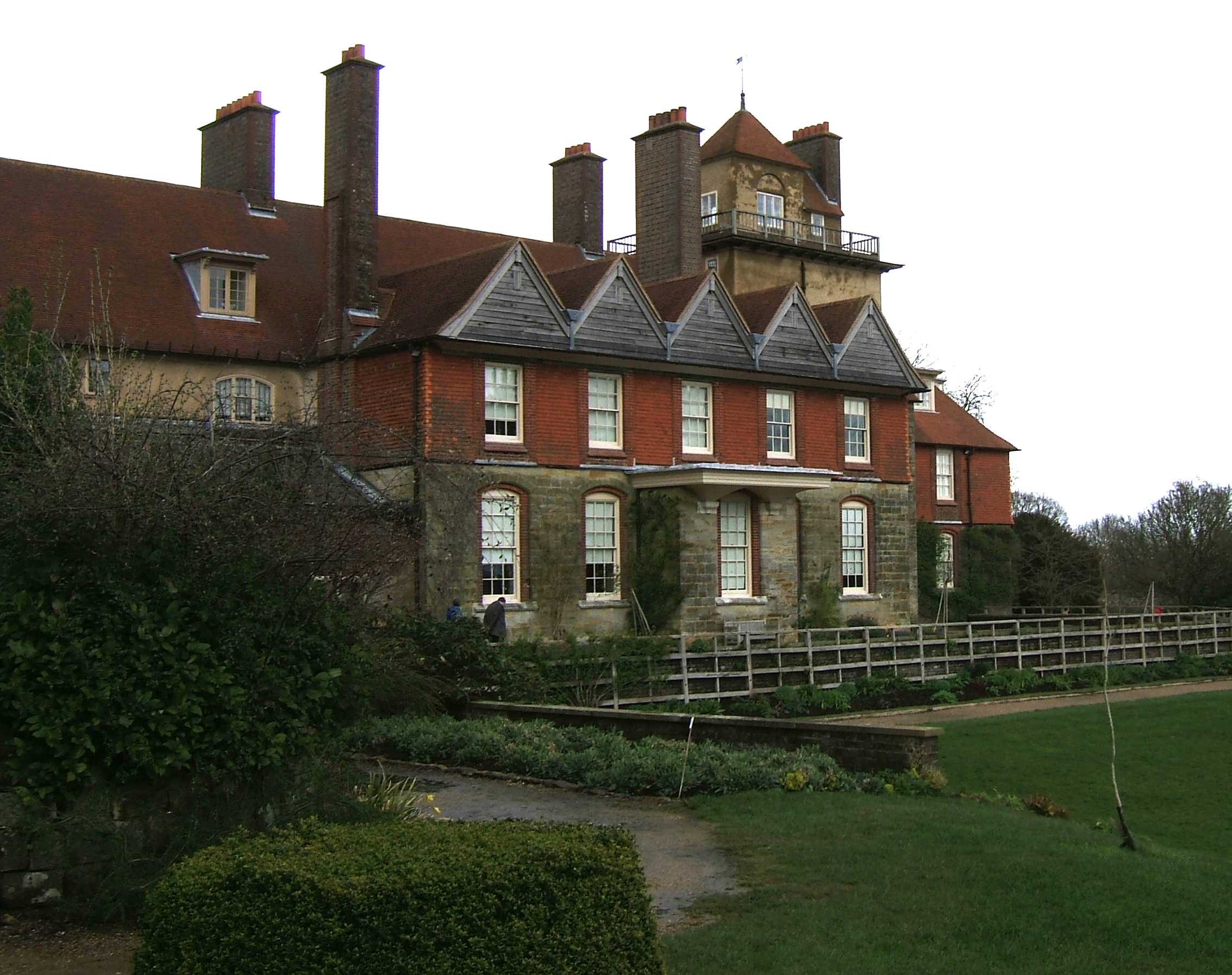|
Kelmscott
Kelmscott is a village and civil parish on the River Thames in West Oxfordshire, about east of Lechlade in neighbouring Gloucestershire. Since 2001 it has absorbed Little Faringdon, which had been a separate civil parish. The 2011 Census recorded the merged parish's population as 198. Kelmscott Manor Kelmscott Manor is a Cotswold stone house, built in about 1570 during the Great Rebuilding of England and extended late in the 17th century. It was the country home of William Morris from 1871 until his death in 1896. He drew great inspiration from the unspoilt authenticity of the house's architecture and craftsmanship, and its organic relationship with its setting. Kelmscott Manor now belongs to the Society of Antiquaries of London. Morris renamed his London town house Kelmscott House after Kelmscott when he bought it in April 1879. He named his private press, which he started in 1891, Kelmscott Press. Parish church The nave of the Church of England parish church of Sa ... [...More Info...] [...Related Items...] OR: [Wikipedia] [Google] [Baidu] |
Kelmscott Press
The Kelmscott Press, founded by William Morris and Emery Walker, published 53 books in 66 volumes between 1891 and 1898. Each book was designed and ornamented by Morris and printed by hand in limited editions of around 300. Many books were illustrated by Edward Burne-Jones. Kelmscott Press books sought to replicate the style of 15th-century printing and were part of the Gothic revival movement. Kelmscott Press started the contemporary fine press movement, which focuses on the craft and design of bookmaking, often using hand presses. While their most famous books are richly decorated, most Kelmscott Press books did not have elaborate decoration, but were published simply. Morris was interested in medieval book design, visiting the Bodleian Library often with Burne-Jones to examine illuminated manuscripts. He designed and published several books before founding Kelmscott Press. Book dealers and designers complained about the poor quality of books published on the new rotary print ... [...More Info...] [...Related Items...] OR: [Wikipedia] [Google] [Baidu] |
William Morris
William Morris (24 March 1834 – 3 October 1896) was an English textile designer, poet, artist, writer, and socialist activist associated with the British Arts and Crafts movement. He was a major contributor to the revival of traditional British textile arts and methods of production. His literary contributions helped to establish the modern fantasy genre, while he campaigned for socialism in ''fin de siècle'' Great Britain. Morris was born in Walthamstow, Essex, to a wealthy middle-class family. He came under the strong influence of medievalism while studying Literae Humaniores, classics at Oxford University, where he joined the Birmingham Set. After university, he married Jane Morris, Jane Burden, and developed close friendships with Pre-Raphaelite artists Edward Burne-Jones and Dante Gabriel Rossetti and with Gothic Revival architecture, Neo-Gothic architect Philip Webb. Webb and Morris designed Red House, Bexleyheath, Red House in Kent where Morris lived from 1859 t ... [...More Info...] [...Related Items...] OR: [Wikipedia] [Google] [Baidu] |
Kelmscott Manor
Kelmscott Manor is a limestone manor house in the Cotswolds village of Kelmscott, in West Oxfordshire, southern England. It dates from around 1570, with a late 17th-century wing, and is listed Grade I on the National Heritage List for England. It is situated close to the River Thames. The nearest town is Lechlade-On-Thames. History 1570 to 1870 The house was built by local farmer Thomas Turner and remained in the family for many generations. After George Turner died in 1734, the house was let out. The house was originally called Lower House, but became Kelmscott Manor when James Turner (d.1870) purchased 53½ acres of manorial land together with the lordship in 1864. After James died the manor passed to his nephew, Charles Hobbs, who let out the property. William Morris and family Kelmscott Manor was the country home of the writer, designer and socialist William Morris from 1871 until his death in 1896. Today it is owned by the Society of Antiquaries of London, and is op ... [...More Info...] [...Related Items...] OR: [Wikipedia] [Google] [Baidu] |
Kelmscott House
Kelmscott House is Grade II* listed Georgian brick mansion at 26 Upper Mall in Hammersmith, overlooking the River Thames. Built in about 1785, it was the London home of English textile designer, artist, writer and socialist William Morris from 1878 to 1896. Originally called The Retreat, Morris renamed it after the Oxfordshire village of Kelmscott, where he had lived at Kelmscott Manor from June 1871. Nearby, Morris began his "adventure in printing" with his private press, the Kelmscott Press, which he started at 16 Upper Mall in 1891. Previous owners The property was once owned by Sir Francis Ronalds' family. In 1816, he built the first electric telegraph in its garden. From 1867, then called The Retreat, it was the family home of poet, minister and novelist George MacDonald who wrote two of his most popular children's books, ''At the Back of the North Wind'' (1871) and ''The Princess and the Goblin'' (1873), there. It was the London home of English textile designer, ... [...More Info...] [...Related Items...] OR: [Wikipedia] [Google] [Baidu] |
Little Faringdon
Little Faringdon is a village and civil parish in West Oxfordshire, about north of Lechlade in neighbouring Gloucestershire. The 2001 Census recorded its population as 63. Manor In the late Anglo-Saxon era Little Faringdon was part of a large estate that included Faringdon (formally Great Faringdon), from which it took its name. The manor was one of several in the area granted to the Cistercian Beaulieu Abbey as part of its Faringdon estate by a charter of 1203 or 1204. Beaulieu held its estates until it had to surrender them to the Crown in the Dissolution of the Monasteries in 1538. The manor was then held by the Bourchier and Perrott families. In about 1860 it was sold to Charles Ponsonby, 2nd Baron de Mauley, whose descendants hold it today. Until the 20th century Little Faringdon was an estate village. In 1910 the lord of the manor owned almost all the houses. Local government Little Faringdon was historically a township of the parish of Langford, which until the 1 ... [...More Info...] [...Related Items...] OR: [Wikipedia] [Google] [Baidu] |
Society Of Antiquaries Of London
The Society of Antiquaries of London (SAL) is a learned society of historians and archaeologists in the United Kingdom. It was founded in 1707, received its royal charter in 1751 and is a Charitable organization, registered charity. It is based at Burlington House in Piccadilly, a building owned by the Government of the United Kingdom, UK government. The modern membership of around 3,300 fellows mostly consists of archaeologists and historians, who can use the post-nominal letters FSA after their names. Membership Fellows (full members) of the society are elected by existing fellows and are entitled to use the post-nominal letters FSA after their names. The election procedure is selective and fellowship is regarded as recognition of significant achievement in the fields of archaeology, antiquities, history or heritage. A nomination must be made by an existing fellow and endorsed by between five and twelve other fellows. A secret ballot of the membership is then held; to be s ... [...More Info...] [...Related Items...] OR: [Wikipedia] [Google] [Baidu] |
News From Nowhere
''News from Nowhere'' is an 1890 classic work combining utopian socialism and soft science fiction written by the artist, designer and socialist pioneer William Morris. It was first published in serial form in the ''Commonweal (UK), Commonweal'' journal beginning on 11 January 1890. In the novel, the narrator, William Guest, falls asleep after returning from a meeting of the Socialist League (UK, 1885), Socialist League and awakes to find himself in a future society based on common ownership and democratic control of the means of production. In this society there is no private property, no big cities, no authority, no monetary system, no marriage or divorce, no courts, no prisons, and no class systems. This agrarian society functions simply because the people find pleasure in nature, and therefore they find pleasure in their work. The novel explores a number of aspects of this society, including its organisation and the relationships which it engenders between people. Morris ... [...More Info...] [...Related Items...] OR: [Wikipedia] [Google] [Baidu] |
Oxfordshire
Oxfordshire ( ; abbreviated ''Oxon'') is a ceremonial county in South East England. The county is bordered by Northamptonshire and Warwickshire to the north, Buckinghamshire to the east, Berkshire to the south, and Wiltshire and Gloucestershire to the west. The city of Oxford is the largest settlement and county town. The county is largely rural, with an area of and a population of 691,667. After Oxford (162,100), the largest settlements are Banbury (54,355) and Abingdon-on-Thames (37,931). For local government purposes Oxfordshire is a non-metropolitan county with five districts. The part of the county south of the River Thames, largely corresponding to the Vale of White Horse district, was historically part of Berkshire. The lowlands in the centre of the county are crossed by the River Thames and its tributaries, the valleys of which are separated by low hills. The south contains parts of the Berkshire Downs and Chiltern Hills, and the north-west includes part o ... [...More Info...] [...Related Items...] OR: [Wikipedia] [Google] [Baidu] |
Philip Webb
Philip Speakman Webb (12 January 1831 – 17 April 1915) was a British architect and designer sometimes called the Father of Arts and Crafts Architecture. His use of vernacular architecture demonstrated his commitment to "the art of common building." William Morris, Edward Burne-Jones and Dante Gabriel Rossetti were his business partners and he designed many notable buildings including one for Morris. He co-founded the Society for the Protection of Ancient Buildings. Biography Born in Oxford, Webb studied at Aynho in Northamptonshire and was then articled to firms of builder-architects in Wolverhampton and Reading, Berkshire, Reading, Berkshire. He then moved to London where he eventually became a junior assistant to the architect George Edmund Street. While there he met William Morris William Morris (24 March 1834 – 3 October 1896) was an English textile designer, poet, artist, writer, and socialist activist associated with the British Arts and Crafts moveme ... [...More Info...] [...Related Items...] OR: [Wikipedia] [Google] [Baidu] |
Tomb
A tomb ( ''tumbos'') or sepulchre () is a repository for the remains of the dead. It is generally any structurally enclosed interment space or burial chamber, of varying sizes. Placing a corpse into a tomb can be called '' immurement'', although this word mainly means entombing people alive, and is a method of final disposition, as an alternative to cremation or burial. Overview The word is used in a broad sense to encompass a number of such types of places of interment or, occasionally, burial, including: * Architectural shrines – in Christianity, an architectural shrine above a saint's first place of burial, as opposed to a similar shrine on which stands a reliquary or feretory into which the saint's remains have been transferred * Burial vault – a stone or brick-lined underground space for multiple burials, originally vaulted, often privately owned for specific family groups; usually beneath a religious building such as a * Church * Cemetery * Churchyard ... [...More Info...] [...Related Items...] OR: [Wikipedia] [Google] [Baidu] |
Listed Building
In the United Kingdom, a listed building is a structure of particular architectural or historic interest deserving of special protection. Such buildings are placed on one of the four statutory lists maintained by Historic England in England, Historic Environment Scotland in Scotland, in Wales, and the Historic Environment Division of the Department for Communities in Northern Ireland. The classification schemes differ between England and Wales, Scotland, and Northern Ireland (see sections below). The term has also been used in the Republic of Ireland, where buildings are protected under the Planning and Development Act 2000, although the statutory term in Ireland is "Record of Protected Structures, protected structure". A listed building may not be demolished, extended, or altered without permission from the local planning authority, which typically consults the relevant central government agency. In England and Wales, a national amenity society must be notified of any work to ... [...More Info...] [...Related Items...] OR: [Wikipedia] [Google] [Baidu] |
Saint George
Saint George (;Geʽez: ጊዮርጊስ, , ka, გიორგი, , , died 23 April 303), also George of Lydda, was an early Christian martyr who is venerated as a saint in Christianity. According to holy tradition, he was a soldier in the Roman army. Of Cappadocian Greek origin, he became a member of the Praetorian Guard for Roman emperor Diocletian, but was sentenced to death for refusing to recant his Christian faith. He became one of the most venerated saints, heroes, and megalomartyrs in Christianity, and he has been especially venerated as a military saint since the Crusades. He is respected by Christians, Druze, as well as some Muslims as a martyr of monotheistic faith. In hagiography, he is immortalised in the legend of Saint George and the Dragon and as one of the most prominent military saints. In Roman Catholicism, he is also venerated as one of the Fourteen Holy Helpers. His feast day, Saint George's Day, is traditionally celebrated on 23 April. Historic ... [...More Info...] [...Related Items...] OR: [Wikipedia] [Google] [Baidu] |







